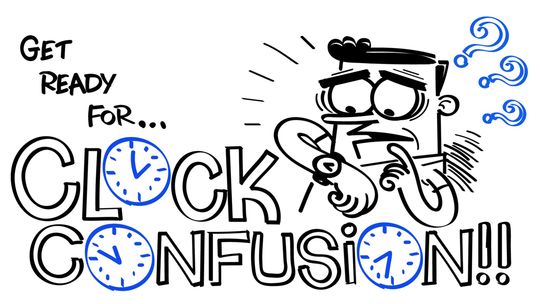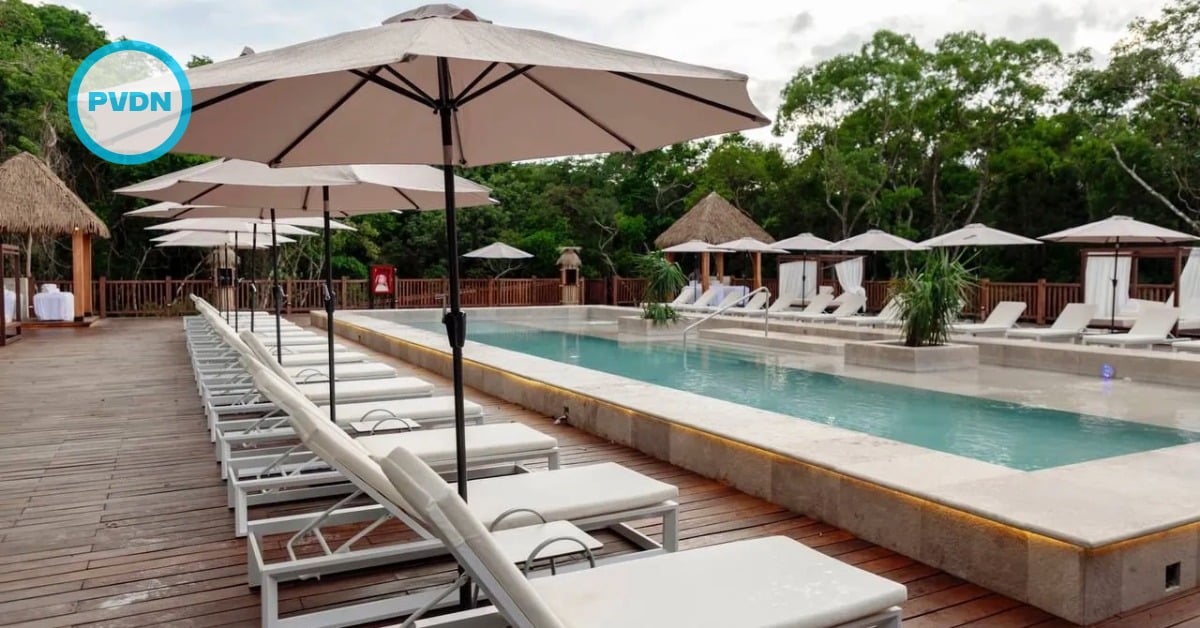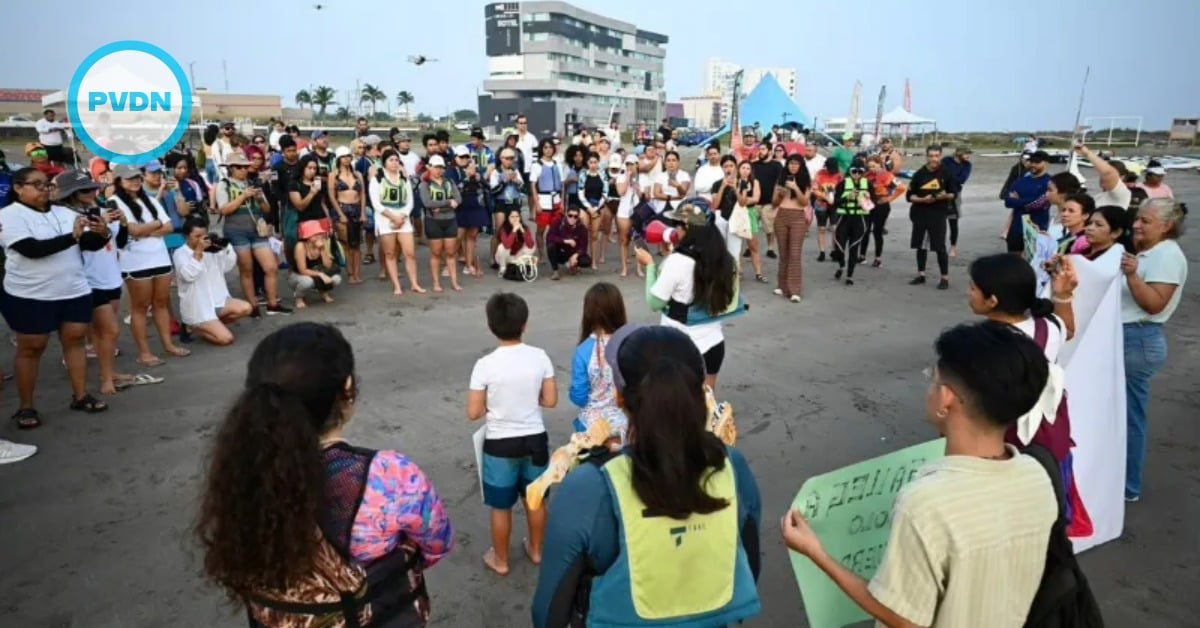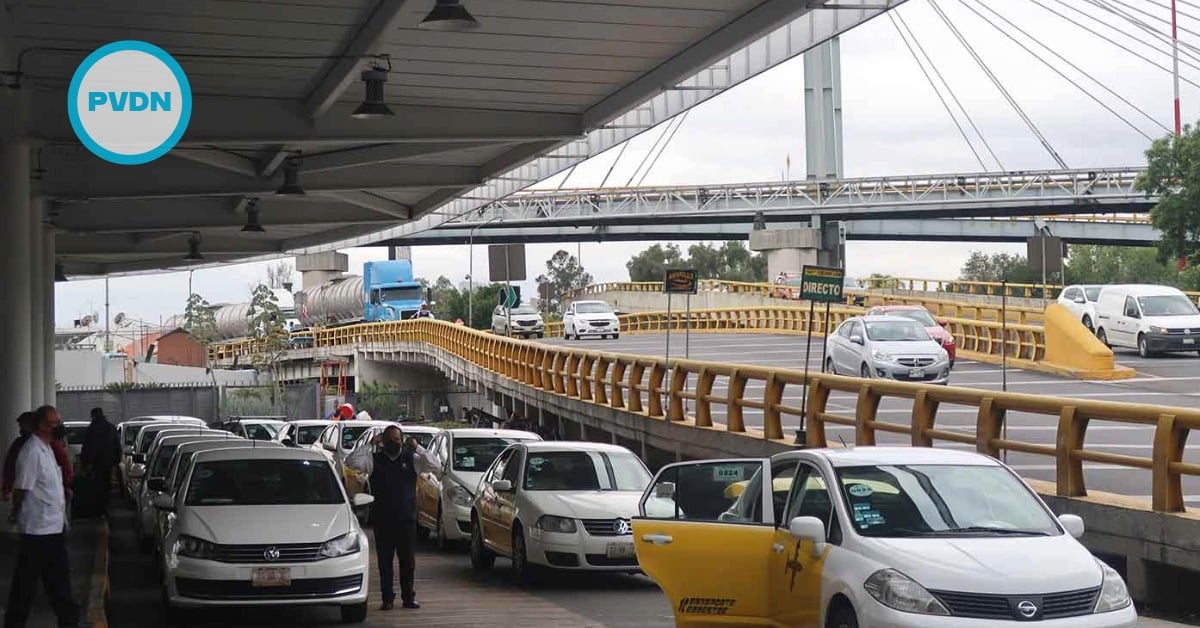Tonight northern states in Mexico will set their clocks forward for Daylight Savings, while the rest of the country will wait until April 3. Mexican States bordering the United States observe Daylight Savings on the same schedule as the U.S. for those who cross the border for wor…






